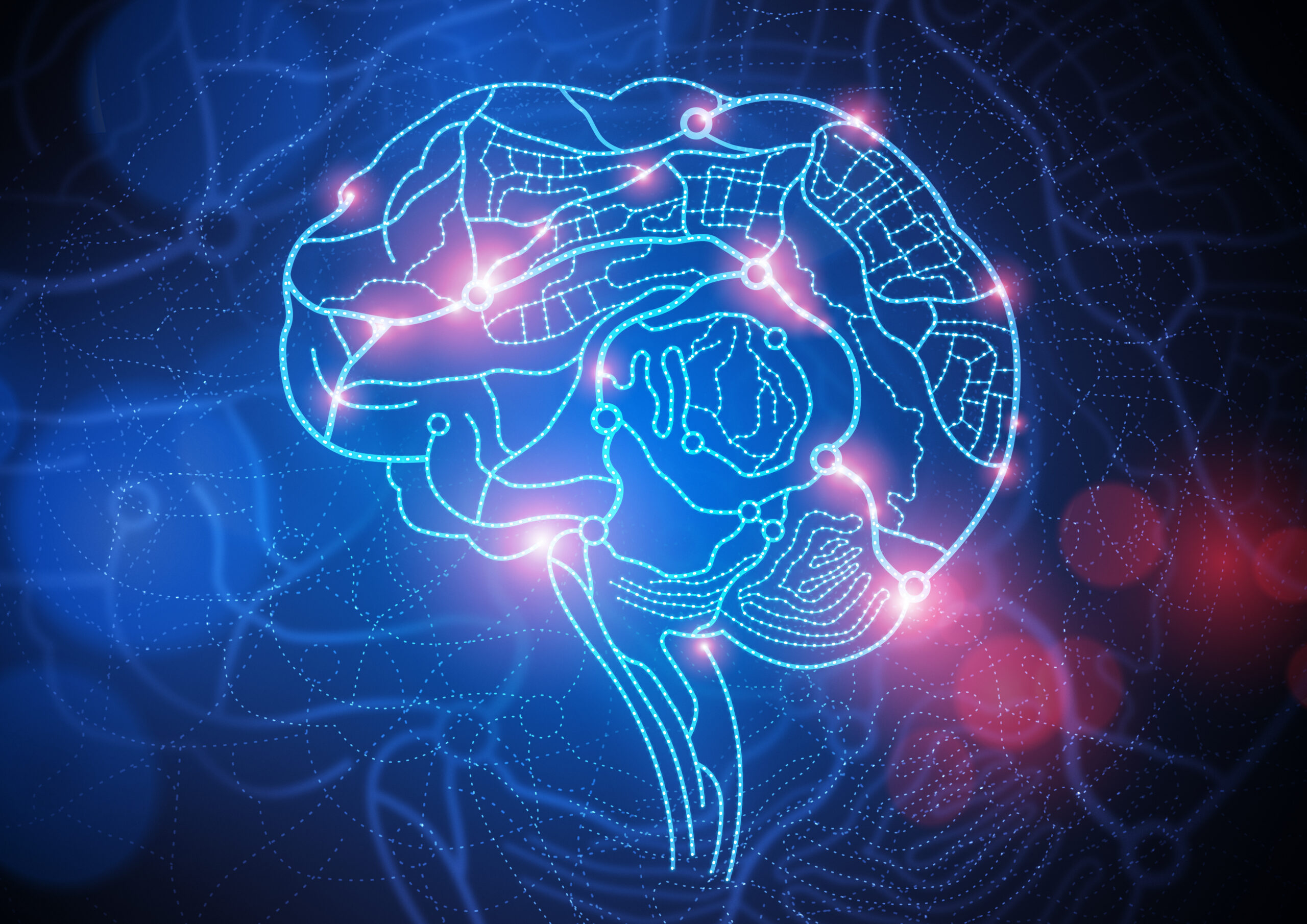In 2022 alone, Alzheimer’s disease has affected an estimated 6.5 million Americans, aged 65 or older, and has proven to be a forerunner in neurodegenerative diseases. As a fatal form of dementia, Alzheimer’s is the sixth leading cause of death in the United States– a statistic that has only been increasing in recent years. Current treatment has targeted a specific protein located in the brain: beta-amyloid. When functioning properly, this protein subtype focuses on neural growth and repair. However, it can mutate during a patient’s later years; abnormal levels of the protein’s presence in the brain can cause disruption of cell function as beta-amyloid collects between neurons in clumps. This theory has led the beta-amyloid protein to become a supposed hallmark of Alzheimer’s.
Past treatments have focused on targeting beta-amyloid through the use of aducanumab, a drug that aims to reduce the amount of plaque caused by protein clumping. The treatment comes with its fair share of controversy, causing cerebral edema (swelling of the brain) in 35% of treated patients and cerebral hemorrhage (bleeding in the brain) in 21% of treated patients.
1 in 3 seniors dies with Alzheimer’s or another dementia.
Image Source: Andrew Brookes
Dr. Donald F. Weaver conducted a recent study in which he proposed a different theory on this brain disease. He hypothesizes that Alzheimer’s disease has been misclassified and should be treated as an anomaly with the brain’s immune system: a defense mechanism working against harmful stimuli. Dr. Weaver theorizes that the production of beta-amyloid proteins is an immune system process that is supposed to be present within the brain. But, because of the similarities between the fat molecules that encompass both the bacteria and brain cell membranes, beta-amyloid is unable to distinguish between the two and ends up attacking the brain as well as the bacteria. This would eventually result in dementia or other brain loss diseases as the brain cell function is compromised. Thus, he states that Alzheimer’s should rather be categorized as an autoimmune disease treated by immune-regulated therapies. This, however, is not the only theorized origin of the disease. Some believe it to be a disease of mitochondria (energy generators of the cell), the product of a brain infection, or even a result of bacteria from the mouth. Yet overall, the beta-amyloid theory still reigns as the dominant hypothesized origin of Alzheimer’s, with aducanumab monopolizing current treatment plans.
Alzheimer’s is a social and economic burden and is arguably one of the most prevalent issues affecting us worldwide. While there is no definitive answer on the true cause of the disease or the best course of treatment, researchers are constantly adopting new perspectives and theories. It’s through collaboration and the utilization of these problem-solving techniques that we will be able to defeat this common enemy.
Featured Image Source: James Thew










